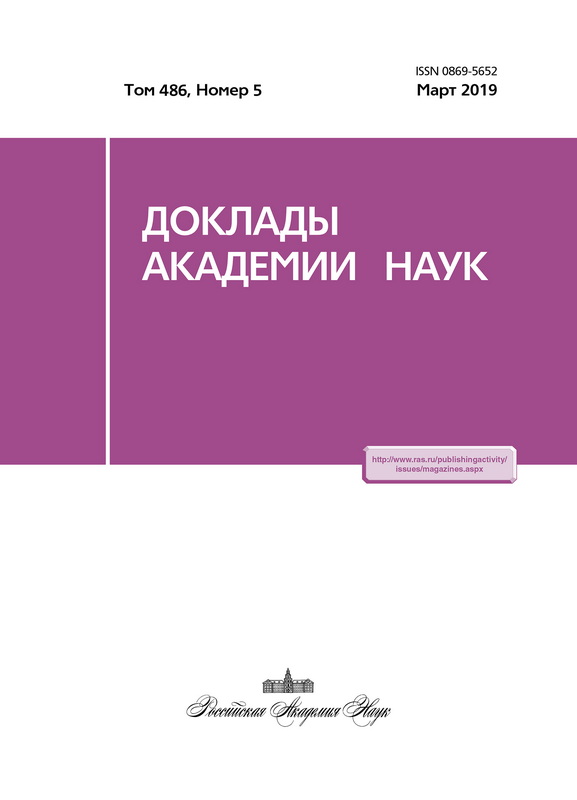The results of the competitiveness analysis of photovoltaic microgeneration systems in the Russian Federation
- Authors: Gabderakhmanova T.S.1, Popel O.S.1
-
Affiliations:
- Joint Institute of High Temperature of the Russian Academy of Sciences
- Issue: Vol 486, No 5 (2019)
- Pages: 543-546
- Section: Physics
- URL: https://journals.eco-vector.com/0869-5652/article/view/14476
- DOI: https://doi.org/10.31857/S0869-56524865543-546
- ID: 14476
Cite item
Abstract
The results of the economic feasibility assessment of photovoltaic (PV) microgeneration systems by the criterion of the cost of energy are presented. The assessment is based on dynamic modelling of three different configurations of grid-connected PV systems - without energy storage, with electrical energy storage and with thermal energy storage - performed for weather and electricity tariff conditions of several prospective Russian regions. Government support measures and regulatory standards currently developing in Russia for microgeneration technologies are taken into account. It is shown that under certain conditions PV microgeneration technologies could be economically feasible in some energy isolated areas and non-pricing zones of the wholesale electricity and capacity market of Russia, particularly in the Sakha Republic, whereas in pricing zones - couldn’t for any of the considered system configurations.
About the authors
T. S. Gabderakhmanova
Joint Institute of High Temperature of the Russian Academy of Sciences
Author for correspondence.
Email: t.gabderakhmanova@gmail.com
Russian Federation, 13/19, Izhorskaya street, Moscow, 125412
O. S. Popel
Joint Institute of High Temperature of the Russian Academy of Sciences
Email: t.gabderakhmanova@gmail.com
Russian Federation, 13/19, Izhorskaya street, Moscow, 125412
References
- Микрогенерация на основе ВИЭ. Энергетический бюллетень. 2017. № 49. М: Аналитический центр при Правительстве РФ, 2017. http://ac.gov.ru/files/publication/a/13570.pdf
- Андреенко Т. И. Атлас ресурсов возобновляемой энергии на территории России. М.: Издат. центр РХТУ им. Д. И. Менделеева, 2015. 160 с.
- Законопроект № 581324-7 «О внесении изменений в Федеральный закон “Об электроэнергетике” в части развития микрогенерации» (на рассмотрении в Государственной Думе с 07.11.2018).
- TRNSYS - Transient System Simulation Tool http://trnsys.com/
- Габдерахманова Т. С., Киселева С. В., Зайцев С. И., Тарасенко А. Б., Шакун В. П. Проблемы мониторинга солнечных энергетических систем в России // Вестн. Южно-Урал. гос. ун-та. Сер. Энергетика. 2015. Т. 15. № 4. С. 54-60.
- OpenEI database. https://openei.org/wiki/Data
- Даффи Дж. Основы солнечной теплоэнергетики. Учебно-справочное руководство. Долгопрудный: Издат. дом “Интеллект”, 2013. 888 с.
- Экономические показатели Tradingeconomics.com https://ru.tradingeconomics.com/russia/interest-rate
- Ваш Солнечный Дом. http://solarhome.ru/
- Министерство энергетики Российской Федерации, Агентство по прогнозированию балансов в электроэнергетике. Cценарные условия развития электроэнергетики на период до 2030 г. http://e-apbe.ru/5years/pb_2011_2030/scenary_2010_2030.pdf
- The Power to Change: Solar and Wind Cost Reduction Potential to 2025. IRENA 2016. https://www.irena.org/DocumentDownloads/Publications/IRENA_Power_to_Change_2016.pdf
- Battery Storage Technology Improvements and Cost Reductions to 2030: A Deep Dive. Dusseldorf, International Renewable Energy Agency (IRENA) Workshop, 17.03.2017. https://www.irena.org
Supplementary files







